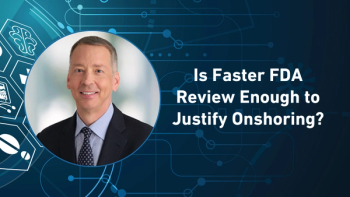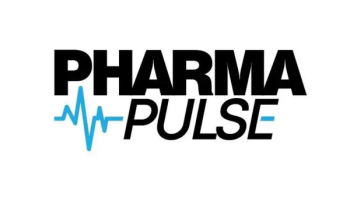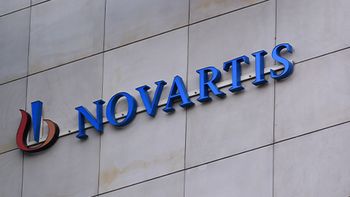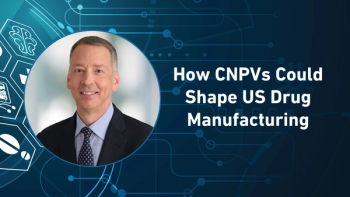
Pharma Pulse: Vinay Prasad Reinstated as FDA CBER Head, New COVID-19 Risk Data, and the Industry’s Response to Rising Costs
This episode of Pharma Pulse covers Vinay Prasad’s return to lead the FDA’s biologics center after a brief resignation, new research on severe COVID-19 risks for childhood cancer survivors, and the strategies pharma companies are adopting to stay competitive amid escalating healthcare costs.
Welcome to Pharma Pulse, a Pharmaceutical Commerce podcast where we bring you the latest insights shaping patient access, supply chain/logistics, data & tech, and healthcare innovation. I’m your host, and today we’re covering leadership changes at the FDA, new research on COVID-19 risks for childhood cancer survivors, and strategies pharma companies are using to stay competitive as healthcare costs climb.
Vinay Prasad, MD, MPH, is
Multiple media reports indicate his return came at the request of FDA Commissioner Marty Makary, with the White House reviewing the remarks that had sparked controversy. An HHS spokesperson stated that the administration would not allow “fake news media” to distract from the agency’s work.
In other news, a
Finally, with global healthcare costs on the rise, pharma companies are exploring ways to remain competitive while delivering value. Strategies include optimizing supply chains, investing in digital health solutions, and shifting toward value-based pricing models that link reimbursement to real-world patient outcomes. Analysts, including
From leadership shifts at the FDA to new public health research and evolving market strategies, these stories highlight how science, policy, and economics intersect to shape the pharmaceutical landscape.
That’s it for this episode of Pharma Pulse. For more insights on trends transforming pharmaceutical access and care delivery, visit
Thanks for listening—until next time, stay well and stay informed.
You can catch Pharma Pulse directly on
Newsletter
Stay ahead in the life sciences industry with Pharmaceutical Commerce, the latest news, trends, and strategies in drug distribution, commercialization, and market access.





